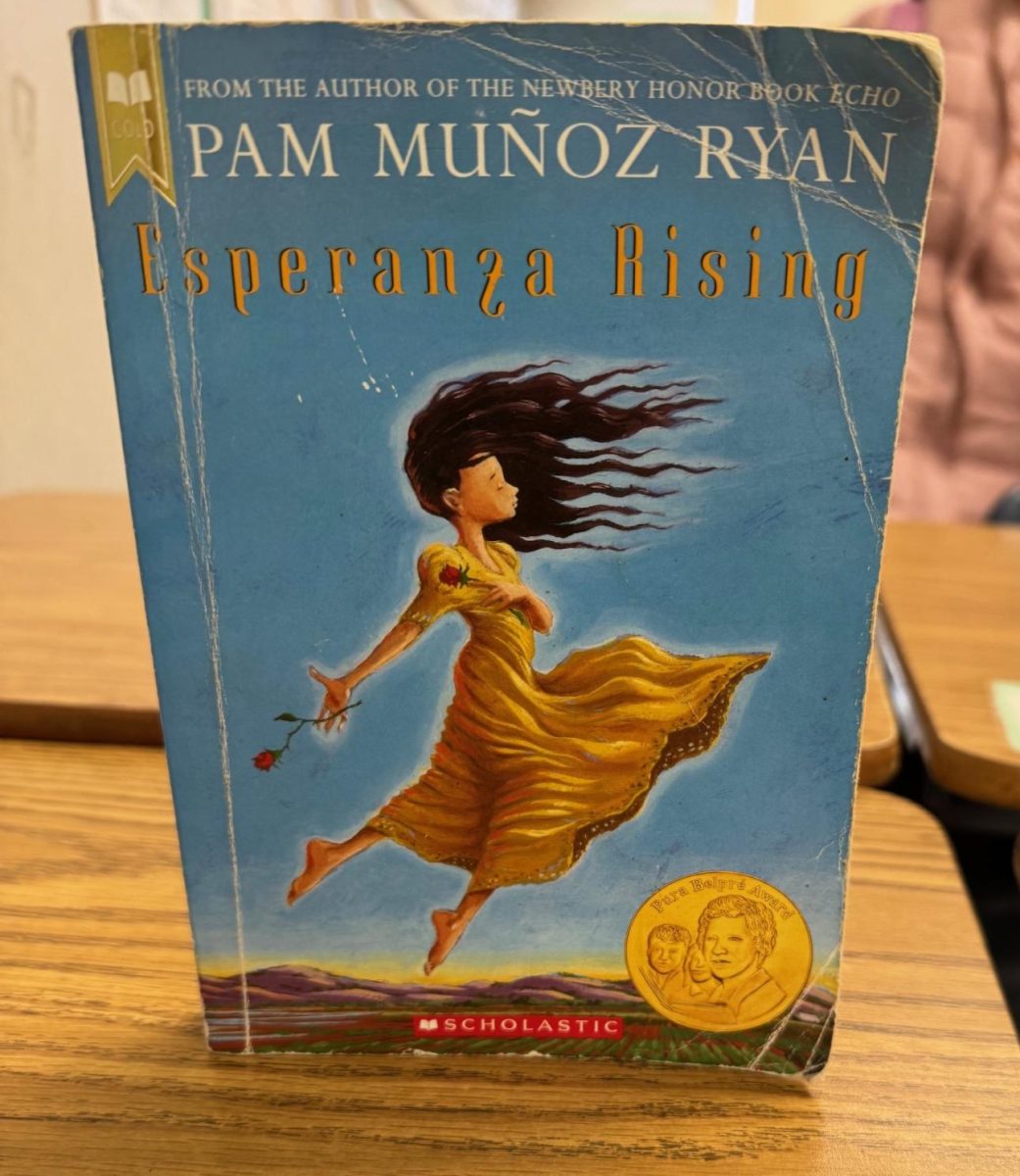Unraveling the Complexity of Historic Symbols
May 31, 2017
Ever since the tragic Charleston church shooting on June 17, 2015, the United States has been cast into a frenzied state regarding historical symbols. The perpetrator of this unforgivable massacre, Dylann Roof, was considered a white supremacist because of the fact that he targeted black churchgoers and, before the shooting, was pictured multiple times holding a Confederate battle flag and brandishing a handgun.
Immediately after the attack, Confederate icons that were not in the news beforehand were soon thrust to center-stage by the media. On July 10, 2015, the Confederate flag that flew over the state capitol of South Carolina was no longer deemed appropriate and was promptly taken down. Soon after, another flag was removed from its place at the Montgomery, Alabama state capitol. This escalated into the removal of dozens of Confederate memorials and statues across several states. The consensus among the supporters of this movement was that the Confederacy represented racism, oppression, and treasonous rebellion; therefore, it should not be remembered with such dignity today. Most recently, the city of New Orleans took down a statue of General Robert E. Lee on May 19 that had been towering over the city since 1884.
Not only monuments have been affected by this widespread movement. For almost two years, the J.E.B. Stuart High School community has been in an intense debate over whether to change the name of the school to avoid recognizing the Confederate general. Some argue that the name serves to marginalize and alienate non-white students, while others argue that the name did not have an effect on minority students’ time at the school and that there are more pressing issues to deal with.
This nationwide dispute can be reduced to a debate between the preservation of history and not celebrating the unsavory aspects of that history. Apart from the fact that I was born in Virginia, I have no connection to Confederate heritage. However, it feels uncomfortable to see statues that have been proudly displayed for more than one hundred years abruptly taken down. It is equally as valid to not hold in esteem symbols of oppression. Of course, if the removal of monuments was voted upon and approved by city councils and municipal governments, as the removal of Lee’s statue in New Orleans was, that is completely fair and correct.
Are these actions and proposals truly what the American people will want decades from now, or are these campaigns simply part of the wave of political correctness and social justice that has swept the country in recent years? Plenty of the supporters of these movements are oversimplifying the history behind their cause. Can someone today not be proud of an ancestor who fought for the South in the Civil War because an aspect of the war was racially motivated? With this logic in mind, should we push for the Washington Monument and the Jefferson Memorial to be demolished and ridiculed because these revered Americans owned slaves?
These questions demonstrate how complex this issue is and how tentatively we must approach it. As Americans, we need to work towards achieving a society where every citizen is treated fairly and without prejudice, while continuing to place an emphasis on remembering our past from all angles and perspectives, no matter how offensive or upsetting. This must be done in conjunction with not promoting symbols that carry negative connotations. A spectrum of viewpoints and opinions is crucial to the betterment of the United States.




